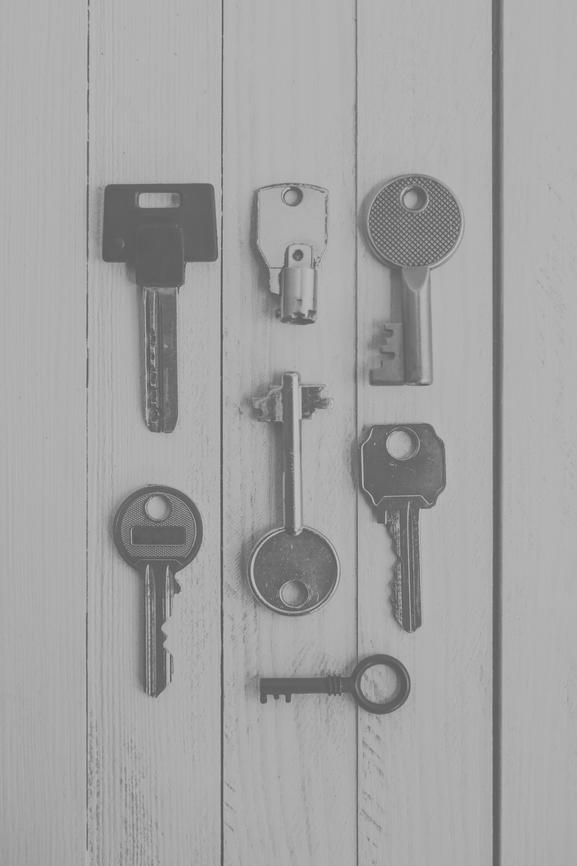Since becoming a RIA, I’ve had the opportunity to create more comprehensive financial plans for clients. Through that process, I’ve been able to see what people find most valuable about their financial roadmap.
My first few plans were 40-50 page behemoths that covered every detail of the five essential planning areas – personal finance fundamentals, tax, investing, insurance and estate planning. While many clients appreciate the effort and detail associated with such extensive analysis, the large documents tend to overwhelm them. What they really want to know boils down to two questions: “How am I doing? “ and “Can I do what I want to do?”
In order to answer those questions accurately, I focus on one very important concept – cash-flow analysis. Whether figuring out if they are on track for retirement, saving enough for a child’s education, or can buy that dream home, I need to fully understand their current situation and what they have to work with in order to see what they can accomplish.
Today I want to explore why cash-flow analysis is the most important part of your plan and how you can stay on top of your income and expenses.
Cash-Flow Planning vs. Goal-Based Planning
Most financial planners conduct one of two types of planning strategies: goal-based financial planning or cash-flow financial planning.
Goal-based planning starts with identifying an end goal and the creating a plan to help achieve it. This approach necessitates clear goals like knowing when you want to retire, how much house you want to buy, or when you would like to be debt free.
Cash-flow planning, on the other hand, focuses more on the details of your current situation – income, expenses, spending habits, etc. and then using that information to develop goals and a plan for achieving them.
I prefer cash-flow planning because it’s a more accurate and productive form of planning. Many younger clients don’t have clearly defined goals or any idea what dreams they can accomplish. Alternatively, they may have too many or unrealistic goals. Crafting a plan with that type of uncertainty will only lead to ineffective, and maybe even detrimental, plans.
Part of my job is to open your eyes to your current financial situation and help you develop feasible goals. I can use the information from your cash-flow analysis to show you what can achieve on your current path, as well as what changes we can make to ensure you have the future that you want. The amount of scenarios are endless by just tweaking parts of your current situations like savings rates, cutting spending, or having higher growth-rate assumptions.
The Key to Your Cash Flow
To make cash-flow planning successful, you have to have accurate data. This is the real stumbling block for clients because most people don’t track their income and expenses. Hopefully that will change now that you know how important this information is to your financial plan. You can get accurate cash-flow data in a few ways.
I give my clients a cash-flow spreadsheet to provide a starting point of what expenses to think about and allow them to estimate what they spend. We then verify the data through a bank and credit card statement analysis, or by having them sign up for a service that tracks the expense automatically like Mint or Quicken.
Singing up for a cash-flow aggregator does most of the work for you, as you only need to verify transactions rather than entering information yourself. However, you have to keep track of those expenses that you pay in cash or avoid transactions that require payment that can’t be tracked.
Some people find it easier to carry a notebook and jot down their expenditures as they make them. Use whatever approach works best for you; just make sure it’s something that you will stick with on a consistent basis. You have to be disciplined enough to have several months of information.
Personally, I prefer to track my expenses through Excel. I’ve already shared this template with several of you, so I figured I would attach it for everyone else. You can get more information on how to use it here.
Lastly, I also suggest adding a balance sheet to your financial analysis. It allows you keep track of what you have and measure your progress on a monthly, quarterly, or even yearly basis.
Monitor Your Cash Flow
The last aspect of making the most out of your cash-flow analysis is to keep tabs on it. You’ve worked hard to make sure the figures are correct, develop your goals, and craft a plan. Now you can compare the reality of your spending to ensure things progress as you like.
Your plan says you have $10,000 at the end of every year. Did it work out that way? If not, why? Can you add more life insurance? Did you keep your clothes shopping in check?
Cash-flow planning allows you to accurately track your progress and keep you focused on achieving your goals. Only then, can you truly know what you can accomplish and what other dreams you should shoot for.



